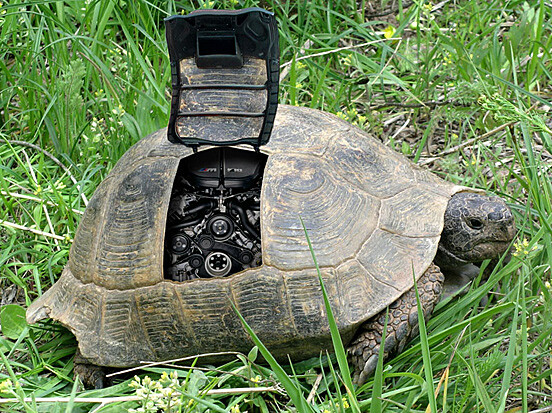Exploring the Types of Pet Turtles That Stay Small: Your Guide to Compact Companions
Guide or Summary: Russian Tortoise (Testudo horsfieldii) Box Turtle (Terrapene spp.) Eastern Painted Turtle (Chrysemys picta picta) Red-Eared Slider (Trache……
Guide or Summary:
- Russian Tortoise (Testudo horsfieldii)
- Box Turtle (Terrapene spp.)
- Eastern Painted Turtle (Chrysemys picta picta)
- Red-Eared Slider (Trachemys scripta elegans)
- Mud Turtle (Kinosternon spp.)
- African Sideneck Turtle (Pelomedusa subrufa)
**Types of Pet Turtles That Stay Small** (小型宠物乌龟的种类)
When it comes to choosing a pet turtle, many enthusiasts prefer species that remain small throughout their lives. This preference is often driven by space considerations, ease of care, and the desire for a manageable pet. In this guide, we will explore the various types of pet turtles that stay small, their care requirements, and what makes them ideal companions.
1. Russian Tortoise (Testudo horsfieldii)
The Russian tortoise is a popular choice among pet owners looking for a small turtle. Typically reaching about 6 to 10 inches in length, this species is known for its hardiness and adaptability. Russian tortoises thrive in outdoor environments but can also be kept indoors with proper care. They require a diet rich in leafy greens and vegetables, and their habitat should mimic their natural arid conditions.

2. Box Turtle (Terrapene spp.)
Box turtles are another excellent option for those seeking small pet turtles. They generally grow to about 4 to 8 inches in length. Box turtles are terrestrial and require a habitat that includes both land and water areas. Their diet can include fruits, vegetables, and protein sources like insects. Box turtles are known for their unique ability to completely retract into their shells, providing them with excellent protection.
3. Eastern Painted Turtle (Chrysemys picta picta)
The Eastern painted turtle is a small aquatic turtle that typically grows to about 4 to 10 inches in length. They are characterized by their vibrant coloration and beautiful patterns. Eastern painted turtles are relatively easy to care for, requiring a clean aquatic environment with access to basking spots. Their diet mainly consists of aquatic plants, insects, and small fish.
4. Red-Eared Slider (Trachemys scripta elegans)
While red-eared sliders can grow larger than some other species, there are smaller variants that remain manageable in size. Typically, they can grow to about 6 to 12 inches. Red-eared sliders are known for their adaptability and are often found in pet stores. They need a well-maintained aquatic habitat with both swimming and basking areas. Their diet consists of commercial turtle pellets, vegetables, and occasional protein sources.

5. Mud Turtle (Kinosternon spp.)
Mud turtles are small, semi-aquatic turtles that usually reach sizes between 4 to 6 inches. They are known for their unique, flattened shells and can be found in various habitats, including ponds and marshes. Mud turtles are omnivorous and require a diet that includes both plant matter and animal protein. They thrive in environments with plenty of hiding spots and soft substrates.
6. African Sideneck Turtle (Pelomedusa subrufa)
The African sideneck turtle is a small aquatic turtle that grows to about 8 to 12 inches in length. They are named for their unique neck structure, which allows them to retract their head sideways into their shell. These turtles are generally easy to care for and thrive in a well-maintained aquarium. Their diet consists of a mix of commercial turtle food, vegetables, and protein sources.
### Conclusion

Choosing the right type of pet turtle that stays small can greatly enhance your experience as a pet owner. Each of the species mentioned above has its own unique characteristics, care requirements, and dietary needs. When selecting a pet turtle, it's essential to consider your living situation, the turtle's habitat needs, and your ability to provide proper care. By doing so, you can ensure a happy and healthy life for your small pet turtle companion.